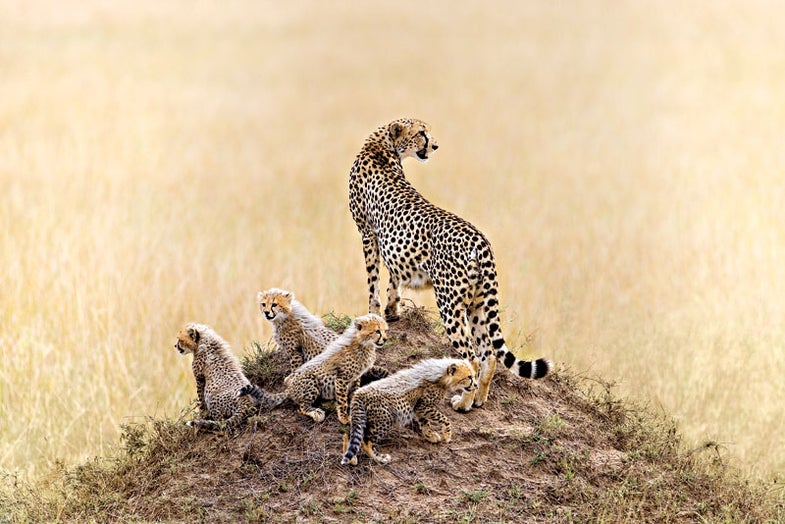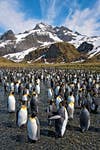Life as a Nature Photographer
Ingo Arndt is a professional photographer and wildlife specialist.

CHEETAH AND CUBS
"A trick to capturing wildlife when traveling with a tour group is to distance yourself from the group," says Arndt. "The other photographers and their Jeeps were on the opposite side of the termite hill in Kenya. Only I got the cubs!" Canon EOS-1Ds Mark III with 500mm f/4L lens; 1/200 sec at f/5.6, ISO 250. Ingo Arndt
"A trick to capturing wildlife when traveling with a tour group is to distance yourself from the group," says Arndt. "The other photographers and their Jeeps were on the opposite side of the termite hill in Kenya. Only I got the cubs!" Canon EOS-1Ds Mark III with 500mm f/4L lens; 1/200 sec at f/5.6, ISO 250. Ingo Arndt


